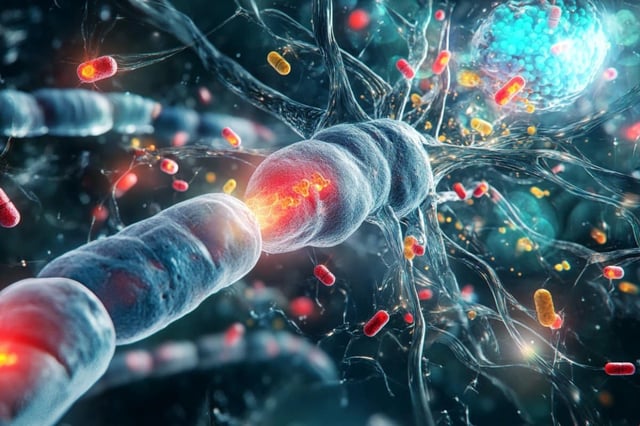Overview
- A new PNAS study from Hebrew University researchers demonstrates that acetaminophen’s active metabolite AM404 is generated in peripheral nerve endings and blocks sodium channels to prevent pain signals reaching the brain.
- The finding overturns the long-held belief that acetaminophen relieves pain solely through central nervous system pathways in the brain and spinal cord.
- Researchers showed that AM404 is synthesized locally in pain-sensing fibers following conversion from liver-produced precursors, enabling it to act directly at the site of pain initiation.
- Lead investigators Profs. Alexander Binshtok and Avi Priel highlight that targeting this peripheral mechanism could inspire a new class of analgesics with reduced systemic side effects.
- This discovery resolves a 100-year-old mystery about acetaminophen’s mechanism and lays groundwork for developing more precise and safer pain medications.


